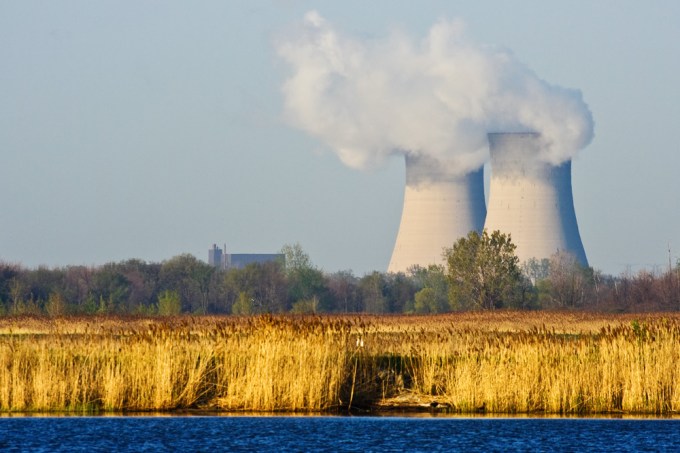
Despite the promise of bountiful, cheap, and clean energy nuclear energy didn’t overtake fossil fuels like everyone expected them to in the middle of the 20th century. Among other things, fear of radiation leaks and waste products that have to be buried for hundreds of years turned the United States away from adopting it for more than a fraction of our energy usage.
Y Combinator batch company UPower Technologies is hoping to change that by offering reactors that cut out those factors at a scale where regulatory issues and billion-dollar construction costs aren’t a problem.
UPower founder and CEO Jacob DeWitte describes the company’s first reactor design as a plug-and-play nuclear thermal battery. The idea is that customers will order a reactor that will be shipped in a container with everything needed on the reaction side and then connected to a power conversion method that makes the most sense for the particular application. Some projects might hook it up to a steam turbine, while others might use it in concert with something much closer to a jet engine.
The reactor generates 7 MW worth of heat, which comes out to about 2 MW worth of electricity once converted. That’s enough to power 2,000 homes in places like Alaska and others with lower demand for electricity. It’s also enough to power entire mining operations or military bases in places where constantly having fuel for large diesel generators shipped is too difficult or expensive.
Radioactive waste, while still an issue due to the nature of nuclear fission, is less of a pain than with traditional power plant designs in use today. The reactor, in addition to being fuel agnostic (it can use thorium, uranium, or recycled fuel) can actually reduce the half life of existing waste, and spent fuel from it can be reused in another reactor with some processing.
UPower is running on an aggressive timetable for a startup whose main product splits atoms. DeWitte aims to get regulatory approval in about four years, with production and sales happening over the year following that approval.
He says the company’s biggest advantage in the process is that right now, they don’t need to actually operate their reactors to get to the next phase with regulators: Since the fission process is fairly well understood at this point, the company is simulating those parts of the reactor while testing focuses on the heat transfer process that makes the system so adaptable for different uses.